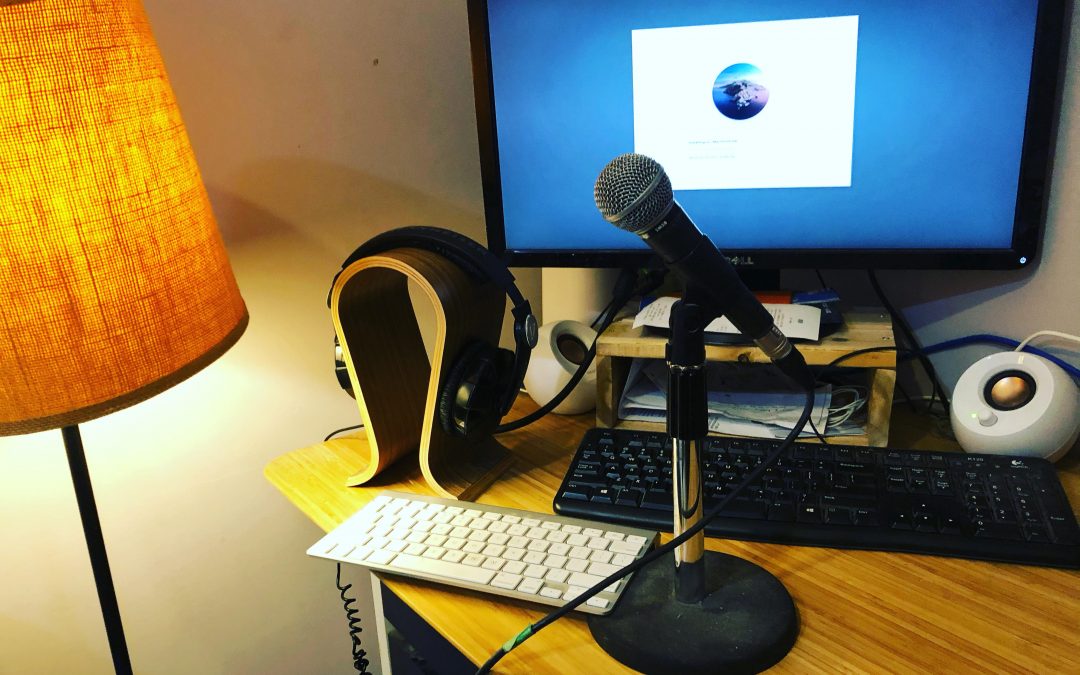Audio feedback is a built-in feature in eLearn that allows up to 3 minutes and 20 seconds of audio recording as way to respond to assignments. Here are few reflections on why you might use audio feedback and also a few tips on how you might do it effectively:
- Pair written and audio commentary for best results. Multimodal learning engages students from all backgrounds.
- Less is more. Keep audio commenting short and focused. One ‘feedback’ comment (what worked well) paired with one ‘feedforward’ comment (an area for improvement) works best.
- Most studies show that audio commentary works best for summary comments, rather than point-by-point details. Still, audio feedback – especially when the instructor reads back direct quotes from a student paper — can add a personal dimension to the remote classroom.
- Tone matters! Audio commentary can include greetings and salutations that create a rhetorically more approachable environment. Model classroom tone and avoid becoming lecture-like in your audio.
- Give students a break from the stagnancy of Zoom and screen time. Get them listening to your audio comments during class time. Getting them up and moving around while listening gets them focused on your feedback. Or have them return to the keyboard to respond to those audio comments in real time writing, while they listen.
- Avoid some of the pitfalls of written commentary and embed the final grade in the audio commentary. Students can skip over written comments if they like and go “straight to the mark.” In audio commentary students have to listen through the commentary to “get to the grade.”
- Surprisingly, audio commentary is more efficient timewise and easier to generate than written commentary. Some studies suggest that, in terms of delivery of data, one minute of talking is equal to six minutes of writing (Lunt, T. and John Curran, “ ‘Are you listening please?’ The advantages of electronic audio feedback compared to written feedback,” Assessment & Evaluation in Higher Education, 2010).
As a more advanced alternative to eLearn try user friendly, open-source recording programs like Audacity to easily make .mp3 files that can be mailed to students or uploaded to eLearn. It’s easy to even add a background music track to your uploaded comments, to make your recording more engaging.
By Brian Ganter, ePortfolio Faculty Support, Centre for Teaching Excellence

“Audio feedback is a built-in feature in eLearn” — this is great, I want to try it. Could you link this to a help page or instructions? I can’t spot it on my Assignments or as a Resource or Activity? Where and how to add audio feedback to an Assignment? thanks.
Here’s a quick tutorial: https://www.youtube.com/watch?v=goL2BqQ3bRg
But the WYSIWYG editor toolbar in e-learn does not appear to have the audio feedback button??
Hi Joseph – I just sent you some documentation
frank
Thanks Frank – for others, you’ll need to configure an account setting on e-learn. Docs are here:
https://elearn.capu.ca/mod/book/view.php?id=538559&chapterid=9067
Thanks CTE staff for surfacing all these great features for us documenting how to use them!